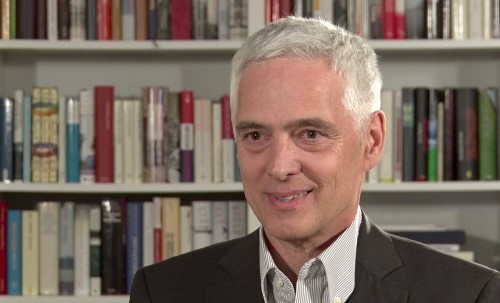Michael Paula, Head of the Department for Energy and Environmental Technology in bmvit, Austria‘s representative in CERT and responsible for setting priorities and for funding in Austria for research collaboration within the IEA
What positive effects has participating in the IEA research network had on Austria‘s research landscape to date, in your view?
Austrian researchers have been involved in the International Energy Agency for several decades, and Austria has benefited from this in several ways. This forum, in which experts not just from Europe but from all over the world play a part, provides excellent opportunities to recognize international trends and to find out which research topics Austria can advantageously tackle. The network helps us to spotlight our own strengths in the international context. Disseminating Austrian developments around the world is significantly facilitated by the exchange of information within the IEA. This field of collaboration turns out to be an excellent starting-point for defining and submitting European projects.
Which technological fields have major successes been achieved in as part of these networking activities?
Austria is very much focused on renewable sources of energy, side by side with issues of energy efficiency. In the IEA‘s bioenergy network, which is concerned with solid, liquid and gaseous fuels from renewable resources, the exchange of experience has definitely helped to stimulate innovative developments in Austria. In the field of solar heating Austrian R&D has played a considerable part for many years. In the photovoltaic sector there have been sensational developments in recent years as regards technology, market growth and price reduction. The most relevant sector for end-use technologies is buildings; so communication with experts from other countries via the IEA networks has been very valuable for the Austrian research programme “Building of Tomorrow”. This concern continues today in the shape of the “Smart City” strategy, in which the focus is not just on individual buildings, but on districts, communities and whole cities.
Has this collaboration improved the chances for technological developments from Austria in international markets?
Right from the start it mattered to us that not only research, but also Austrian firms benefit. Various large-scale projects of worldwide interest that are directly linked to these expert networks have been implemented. Examples are the solar facility in Riad (Saudi Arabia), the world‘s largest at the time (2011), or more recently the Desert Learning Center in Al Ain (UAE), where several innovative technologies from Austria were applied for the first time in the Arab world.
Share